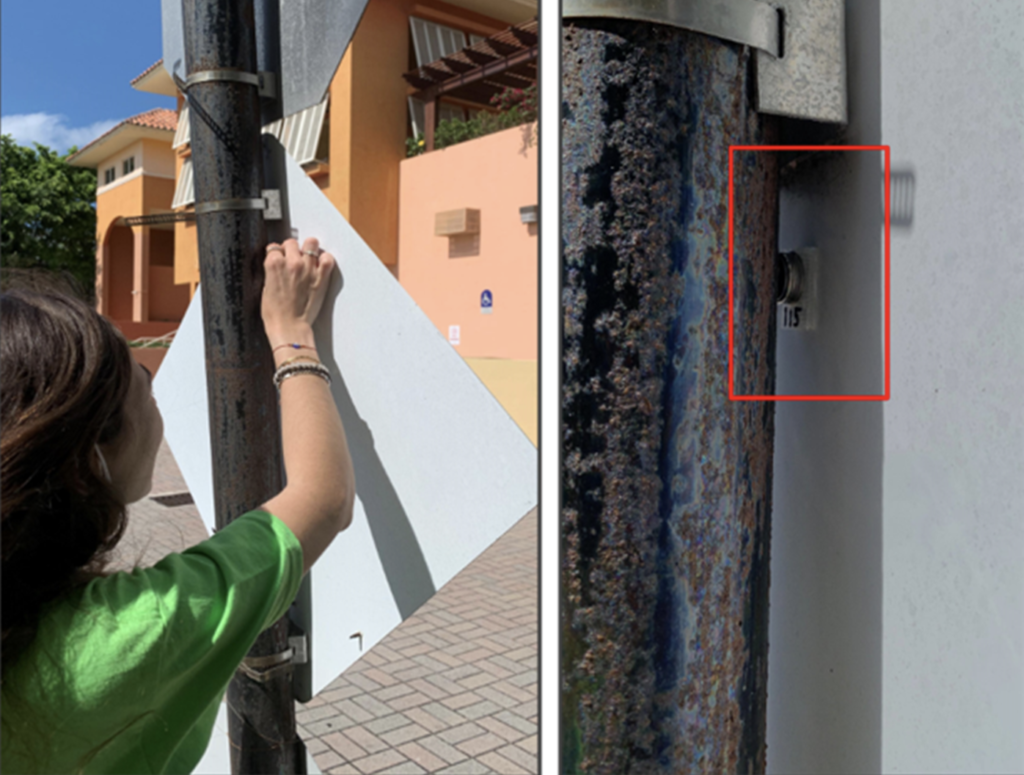The activities are as follows:
- Teacher Guide
- Student activity, Graph Type A, Level 3
- Student activity, Graph Type B, Level 3
- Student activity, Graph Type C, Level 3
- Grading Rubric
Record-breaking temperatures climb higher every year, and Florida is no exception. In Florida, the impact of climate change is felt mostly during the hurricane season. Storms are becoming more violent and show up earlier in the season. These extreme temperatures and weather events affect living organisms of all types, including humans. Outdoor workers, the elderly, and all people who lack adequate housing are susceptible to temperature changes in the environment.
Irvin teaches science at a high school in Miami, Florida. On his way to work, he listens to a local radio station to catch up on the news. One day the radio hosts were talking about an increase in homelessness in Miami and other cities. They also brought up the record heat that the U.S. was experiencing and how this may affect those without homes. This conversation on the radio made Irvin think. He reflected on the impact that such high heat could have on individuals who sleep without air conditioning.
This inspired Irvin to learn more about what could be done to mitigate the impact of climate change in his city. Irvin joined a program that invites teachers to work in scientists’ labs in the summer to gain research experience. Irvin was matched with Tiffany, a scientist interested in how urban heat can change based on structures like concrete buildings, urban dwellings, and unshaded places. Irvin took this opportunity to explore how high temperatures in Miami affect the daily lives of people living there. First, Irvin started looking into how temperatures are reported in Miami. He learned that there was just a single sensor stationed at the nearby airport. The heat and humidity readings from this one sensor are used by local officials to alert the entire city about dangerous heat levels. Alerts are issued when the heat index reaches 108 degrees Fahrenheit or higher. Heat index is a value that represents how the body feels temperature when humidity is factored in. With these alerts, people can take action by spending less time outside.
Irvin realized that no matter how reliable the sensor at the airport is, there is likely a larger range of temperatures within the city. He wanted to know whether the temperatures at the airport were similar to the heat felt at places where people spend time outside.
Tiffany’s research team had already started to collect temperature data in urban places where they hadn’t been recorded before. Since 2018, her lab placed hundreds of small heat sensors around the city. The sensors go out for 3 months and then the team collects them, records their data, and places them back out into new areas of the city.
Irvin wanted to compare areas that varied in coverage from the sun. He focused on sites where people gathered and spent long periods of time outside – bus stops. Some of the sites he chose had shade from trees, some had a roof providing partial sun cover, and other sites were totally exposed with no shade. Irvin took photos of each bus stop and used them to classify all sites as either full coverage, partial coverage, or no coverage. He used data from the airport as a control comparison to his bus stop sites.
Featured scientists: Irvin E. Arce (he/him) and Tiffany Troxler (she/her) from Florida International University
Flesch–Kincaid Reading Grade Level = 9.6




